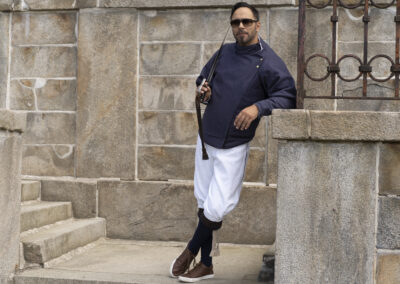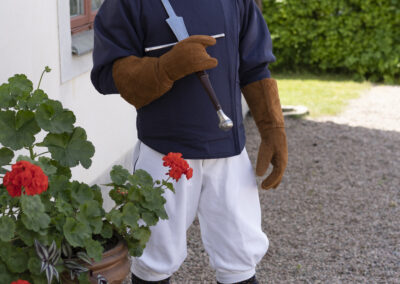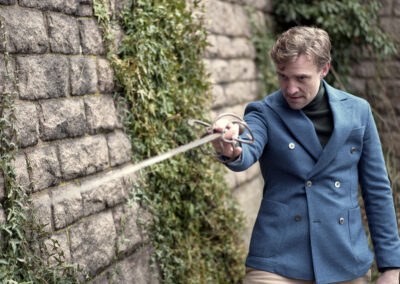What Is historical fencing?
A REVIVAL OF HISTORICAL EUROPEAN MARTIAL ARTS
Historical fencing, often abbreviated as HEMA (Historical European Martial Arts), is a modern revival of the martial arts traditions that were practiced in Europe throughout history.
Historical fencing seeks to reconstruct and revive the martial arts techniques and systems as they were practiced in their original context. Drawing from a wide range of historical sources such as manuscripts, treatises, and artwork, practitioners of historical fencing engage in the study and practice of diverse European martial arts disciplines, including swordsmanship, wrestling, and polearms combat.
Historical fencing provides an opportunity to explore the rich martial heritage of Europe but also offers a unique avenue for physical fitness, historical research, and cultural preservation.
THE ART OF THE LONGSWORD
The art of the longsword in “Kunst des Fechtens” (The Art of Fencing) refers to the martial techniques and principles outlined in historical fencing treatises attributed to various German masters, including grand master Johannes Liechtenauer and disciples of his tradition, like Sigmund Ringeck, and Joachim Meyer. These treatises, written during the 14th to 16th centuries, provide detailed instructions on wielding the longsword.
The longsword itself is a two-handed weapon characterised by a long blade, typically measuring around 40 to 50 inches and comes in a variety of shapes. For training we use feders of fechtschwerts, which are historical metal training swords, or wooden wasters.
The longsword should not be approached as a singular weapon, but a part of a full martial art system which includes wrestling, dagger, dussack, pole weapons and, later, weapons such as the rapier.
SWORD & BUCKLER
Sword and buckler combat has a rich history in European martial arts, with various systems and treatises offering insights into its practice. One notable system is described in the I:33, or “Tower Fechtbuch,” dating back to the early 14th century, which presents a unique approach to sword and buckler combat distinct from the Liechtenauer tradition.
Another significant figure in sword and buckler combat is Andre Liegnitzer, a 16th-century fencing master whose teachings are documented in several manuscripts. Liegnitzer’s system includes a set of specific plays or techniques designed for sword and buckler engagements.
Additionally, Achille Marozzo, an Italian fencing master from the 16th century, contributed to the understanding of sword and buckler combat through his treatise Opera Nova dell’Arte delle Armi (usually just called Opera Nova). Marozzo’s work constitutes one of the most important insights into the Bologna tradition of fencing.
THE DUSSACK
The dussack has served as both a training tool and a practical weapon. It has a curved, single-edged blade and often distinctive hilt and as a training tool it looks similar to a farming tool for flax, called a scutching knife.
The dussack is covered in Meyer’s teachings, which provides a comprehensive framework for study and application of its use. For more history on the Dussack, visit this article on the fencing history of Bohemia at The Historical Fencer.
WATCH THE FILM
– I AM A FENCER
Whatch the documentary I am a fencer, with interviews from St Mark events Solstinget and St Mark Summer Academy.
JOIN ST MARK ACADEMY
– Your online resource to training
St Mark Academy is an online video resource library dedicated to historical fencing. It contains courses packed with videos of exercises, training methods, lesson planning and much more.




